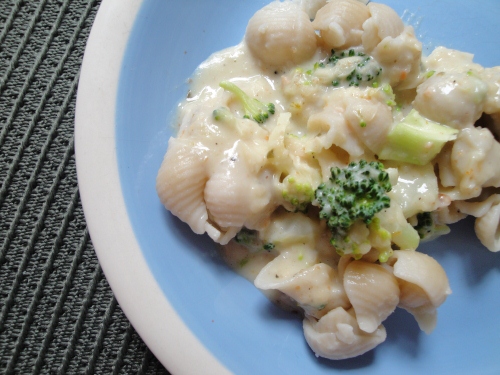**This post is part of the Get Real series. Please remember that this is meant as a learning community. We know that many of you are passionate about what you do and we want you to express that, just please do so in a way that will be an encouragement and aid to others making a transition. We want this to be a “safe space” for participants to learn. For that reason, we reserve the right to delete any comments that are not handled in this manner.
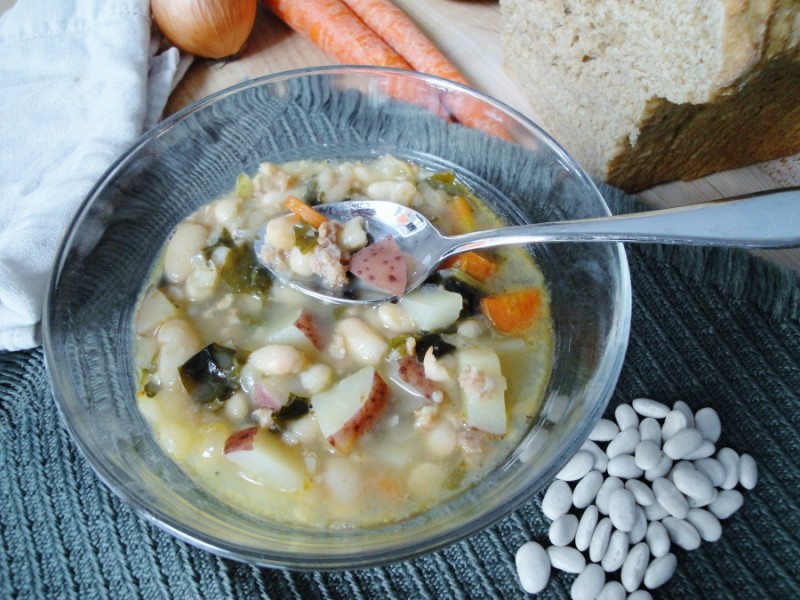 Whether you’re looking to improve your nutrition or decrease your food budget, cooking with more beans and legumes is a great way to go. The nutritional value of beans is rarely contested, no matter in what healthy philosophy circles you run.
Whether you’re looking to improve your nutrition or decrease your food budget, cooking with more beans and legumes is a great way to go. The nutritional value of beans is rarely contested, no matter in what healthy philosophy circles you run.
We eat a lot of beans in my family, but it wasn’t always this way for me. From the time I was a child, all the way through to somewhere in college, I really disliked beans. Chili was always on my “don’t eat it if you can help it” list, and I avoided refried beans. I’m not sure what happened to my taste buds – or most likely my texture sensors – but I’ve grown to love them. The more I learn about beans, the more I find to love. First, of course, beans are very frugal, weighing in at far less per pound than meat but packing a protein punch. Nutritionally, here are some foodie science geek stats for you to peruse: Beans will give you the following nutritional benefits:
- Protein (1/2 cup = 7-8 g, 15% RDA, best if eaten with whole grains to form a complete protein)
- Fiber (best if long soaked and long-cooked)
- Iron (1/5 RDA, eat with vitamin C to increase absorption)
- Zinc
- Vitamins B1, B6
- Folic acid (HALF recommended daily amount in ½ cup)
- magnesium, copper
- antioxidants
- omega-3 and omega-6 fatty acids
All those nutrients can improve your health:
- lower LDL (bad) cholesterol
- reduce risk of heart disease
- improve digestion/reduce constipation
- low glycemic index = good for diabetics
- fills you up longer = good for dieters
- reduce risk of cancer
- folic acid is especially important in pregnancy for healthy babies!
This is a serious list. If you are pregnant, trying to conceive, diabetic, pre-diabetic, or it runs in your family, have a family history of heart disease or high LDL cholesterol, want to lose weight, have digestive issues, or are just poor and want healthy food…EAT MORE BEANS!
How to Use Beans More Often
If your family enjoys beans, you can just find more bean recipes, like
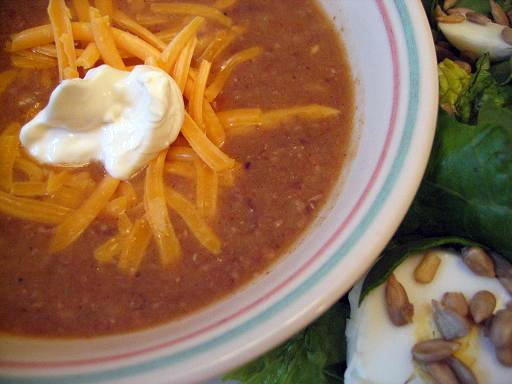 Three Bean Soup (found in The Everything Beans Book)
Three Bean Soup (found in The Everything Beans Book)
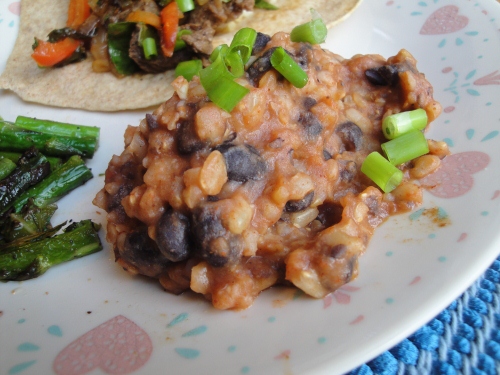 Mexican Beans and Rice
Mexican Beans and Rice 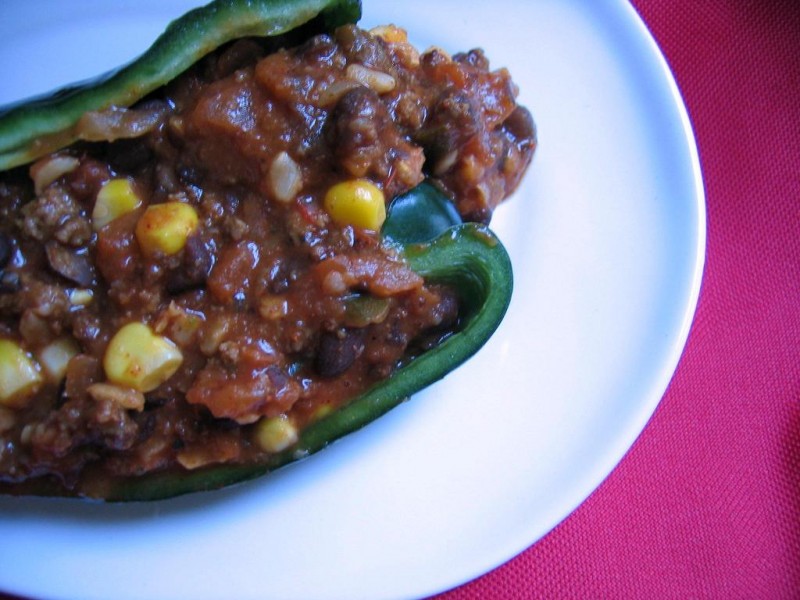 Mexican Stuffed Peppers (can be grain-free!)
Mexican Stuffed Peppers (can be grain-free!)
But what about those families, moms included (I used to be one!), who just don’t like beans? There’s still hope, I promise. You can do lots of creative things with beans that will change the texture and still add the power-packed nutrients. Try beans pureed and fried, like in these Chickpea Wraps: 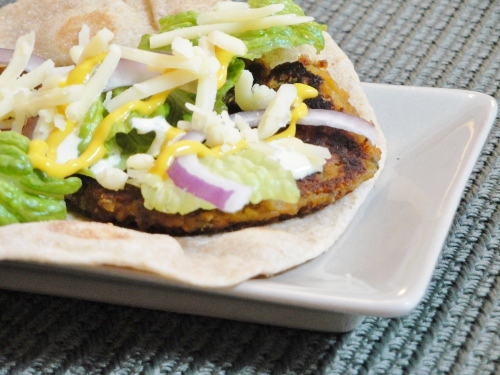 No one will guess beans are the main base in this pasta with white bean sauce:
No one will guess beans are the main base in this pasta with white bean sauce:
- Try adding (cooked) lentils to your tacos or sloppy joes in place of part of the meat (no more than 1/4 to a half).
- Pureed white beans go right into mashed potatoes, no questions asked
- Pureed red beans hide in any red sauce
- Lentils can hide in a number of casseroles if you are willing to risk it
- The last recipe in The Everything Beans Book is a black bean brownie, based on this grain-free brownie from Naturally Knocked Up (also a blondie version with white beans and vanilla) – cross my heart, no one will know they’re full of beans. 😉
November Week 3 Action Item: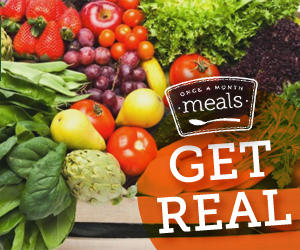
- Embrace a legume this week – choose a bean to grace your meal plan, find a new recipe, use legumes in a new way, or even choose a name you’re unfamiliar with and put a bag in your shopping cart. (Next week we’ll talk about what to do with those bags of beans if you’ve always been a can person.)
- Try cutting the meat in tacos or sloppy joes, or even a meat-heavy chili recipe, and using lentils or beans instead.
November Get Real:
Please take a moment to thank our guest authors by clicking over to their sites and/or liking them on Facebook and/or Twitter.
Sponsor: Once A Month Meals
